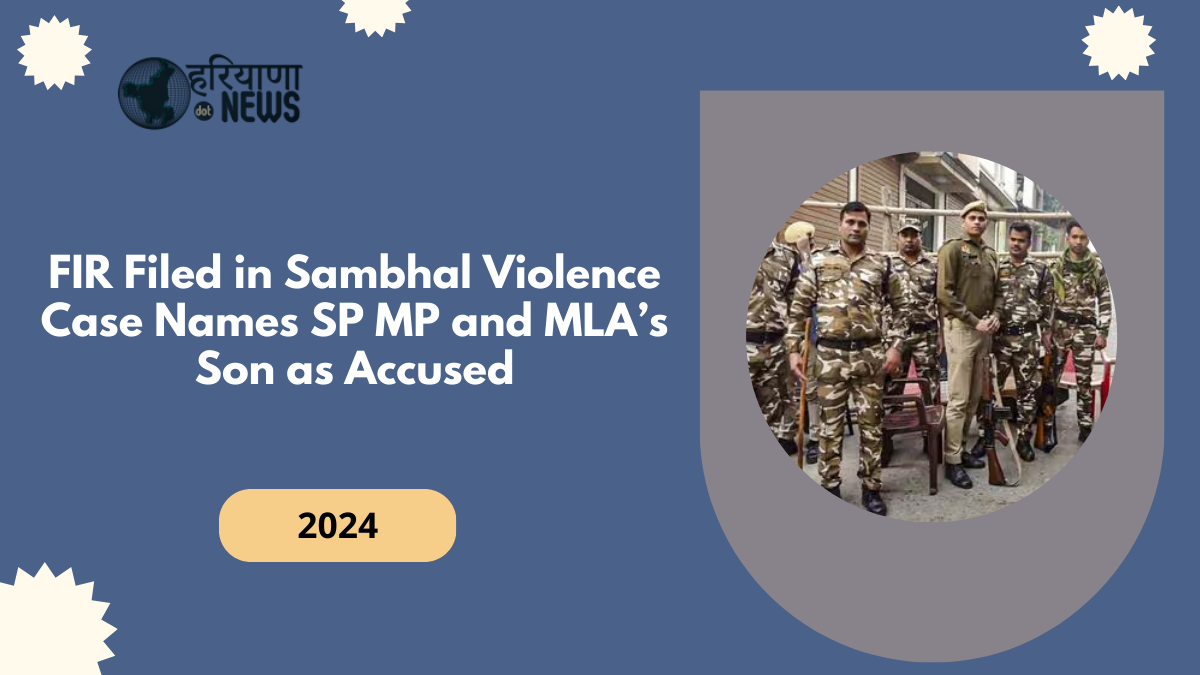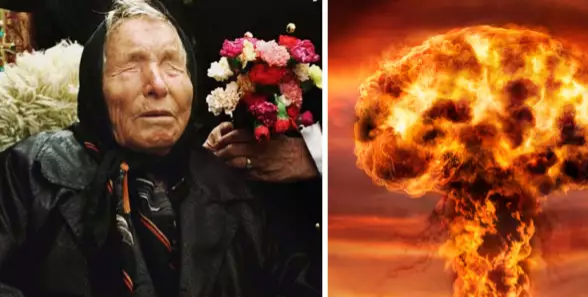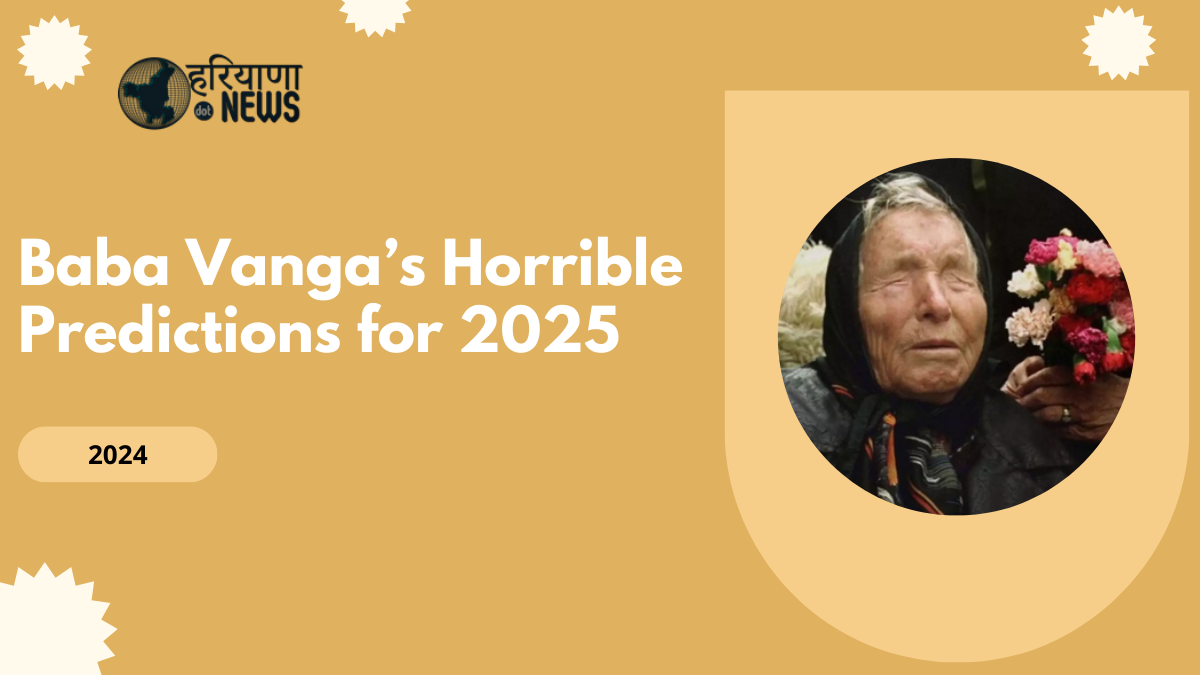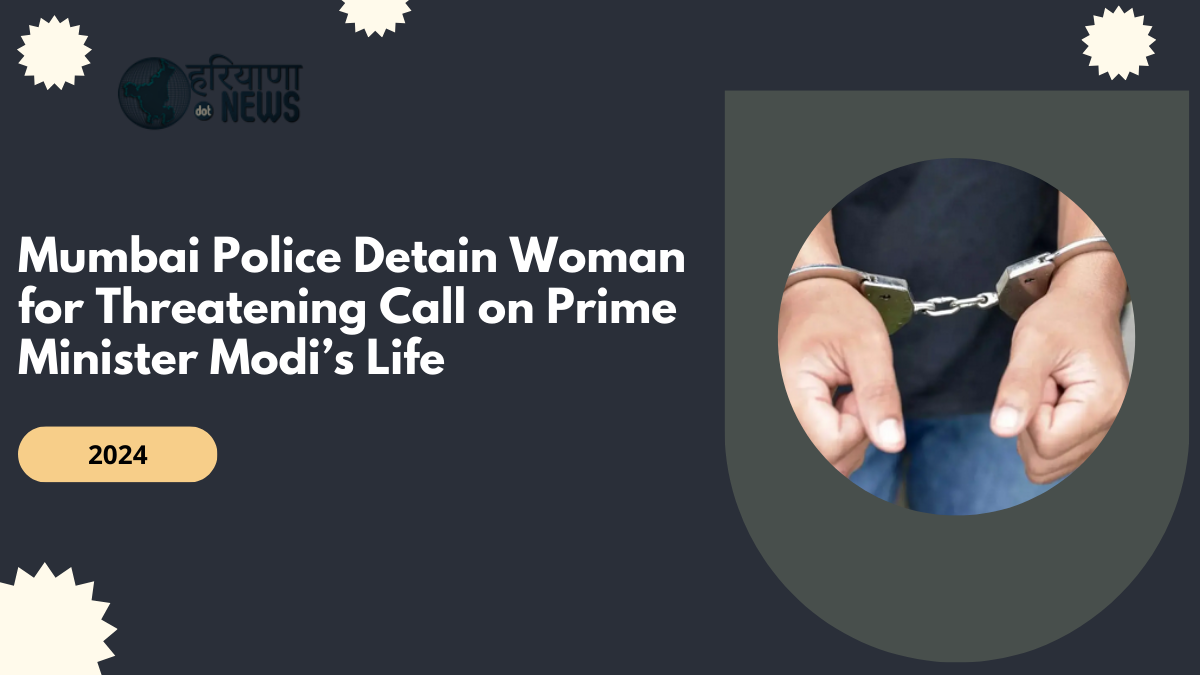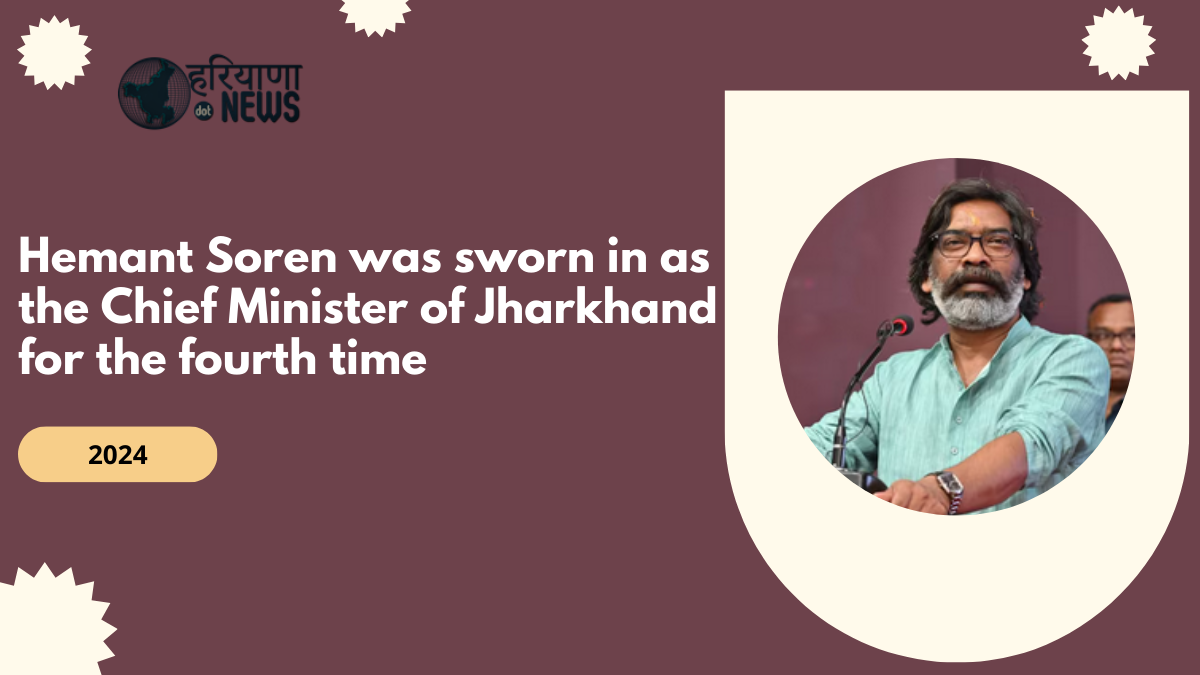A First Information Report (FIR) has been lodged against Samajwadi Party (SP) Member of Parliament Ziaur Rahman Barq and Sohail Iqbal, son of local SP MLA Iqbal Mehmood. This development follows violent clashes on Sunday during protests against a court-mandated survey of the Mughal-era Shahi Jama Masjid in Uttar Pradesh’s Sambhal district.
Both Barq and Sohail are accused of inciting unrest, which resulted in the deaths of four people and left numerous others injured.
Authorities Respond to the Situation
District Magistrate Rajendra Pensiya and Sambhal Superintendent of Police Krishna Kumar Bishnoi addressed the media on Monday, stating that the situation had stabilized since Sunday afternoon. They assured that rioters would be identified using video evidence, apprehended, and prosecuted.
In total, seven FIRs have been filed, naming six individuals, including Barq and Sohail, as primary suspects. Additionally, approximately 2,750 unidentified individuals have also been booked in connection with the violence.
Background of the Conflict
Tensions began escalating last Tuesday when a civil court ordered an advocate commissioner to survey the mosque. The directive was based on a petition claiming the mosque was constructed in 1529 after demolishing a Hindu temple. An initial survey was conducted that same day.
On Sunday, when officials returned for further inspections, a large crowd gathered around the mosque, chanting slogans and blocking nearby streets. According to authorities, some members of the mob resorted to stone pelting.
“The stone-throwing intensified after the survey was completed, forcing the police to deploy tear gas and use batons to disperse the crowd. Preliminary evidence suggests the violence was premeditated, but investigations are ongoing,” said SP Bishnoi.
So far, 25 individuals have been arrested in connection with the incident.
Steps Taken to Restore Order
The district administration has implemented prohibitory measures to maintain peace, including restricting the entry of outsiders into Sambhal until November 30. Internet services in the Sambhal tehsil have been suspended, and all schools in the district were closed on Monday as a precaution.
 Mumbai Police Detain Woman for Threatening Call on Prime Minister Modi’s Life
Mumbai Police Detain Woman for Threatening Call on Prime Minister Modi’s Life
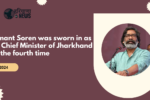 Hemant Soren was sworn in as the Chief Minister of Jharkhand for the fourth time, took oath as Jharkhand’s 14th chief minister
Hemant Soren was sworn in as the Chief Minister of Jharkhand for the fourth time, took oath as Jharkhand’s 14th chief minister
 India’s Strategic Breakthrough: Advancing SLBM Capabilities with INS Arighaat
India’s Strategic Breakthrough: Advancing SLBM Capabilities with INS Arighaat
 Chinmoy Das Arrest: High Court Petition Seeks Ban on ISKCON Amid Rising Violence Against Hindus in Bangladesh
Chinmoy Das Arrest: High Court Petition Seeks Ban on ISKCON Amid Rising Violence Against Hindus in Bangladesh
 Bangladesh Police Use Tear Gas and Batons Against Hindu Protesters After Chinmoy Das’ Arrest
Bangladesh Police Use Tear Gas and Batons Against Hindu Protesters After Chinmoy Das’ Arrest





“Normalcy has largely returned, with shops reopening today,” Bishnoi reported.
Statements from Key Figures
SP MP Ziaur Rahman Barq, accused of inciting the violence, disputed the allegations. Speaking to ANI, he described the event as pre-planned, saying, “This situation highlights the systemic targeting of Muslims across the country. Such circumstances have not arisen since independence. The Places of Worship Act is being repeatedly violated, with petitions, hearings, and decisions happening on the same day. District officials conducted the survey while people were prevented from offering prayers. What was the urgency for a second survey?”
The Shahi Jama Masjid: A Historical Landmark
Situated in Sambhal’s Kotgarvi locality, the Shahi Jama Masjid holds significant religious and historical importance for the Muslim community. Constructed in the 16th century by Mughal general Mir Hindu Beg, the mosque has been a protected monument since December 22, 1920, under the Ancient Monuments Preservation Act, of 1904. It is listed on the Archaeological Survey of India’s (ASI) website as a centrally protected site.
Broader Context of Disputes
The Sambhal court’s order to survey the mosque has reignited debates over historical Muslim places of worship, which some right-wing groups claim were built over demolished Hindu temples during the Mughal era. Vishnu Shankar Jain, who filed the petition concerning the Sambhal mosque, has also been involved in the Gyanvapi mosque case. His plea led to the Varanasi court ordering a survey of the mosque complex adjacent to the Kashi Vishwanath Temple on April 8, 2022.
Legal Perspective
The Places of Worship (Special Provisions) Act, 1991, categorically prohibits altering the religious nature of any place of worship as it existed on August 15, 1947. It also mandates preserving the original character of such sites.
This law is central to ongoing legal and societal discussions regarding the preservation and protection of religious monuments in India.
Click here to know more.

